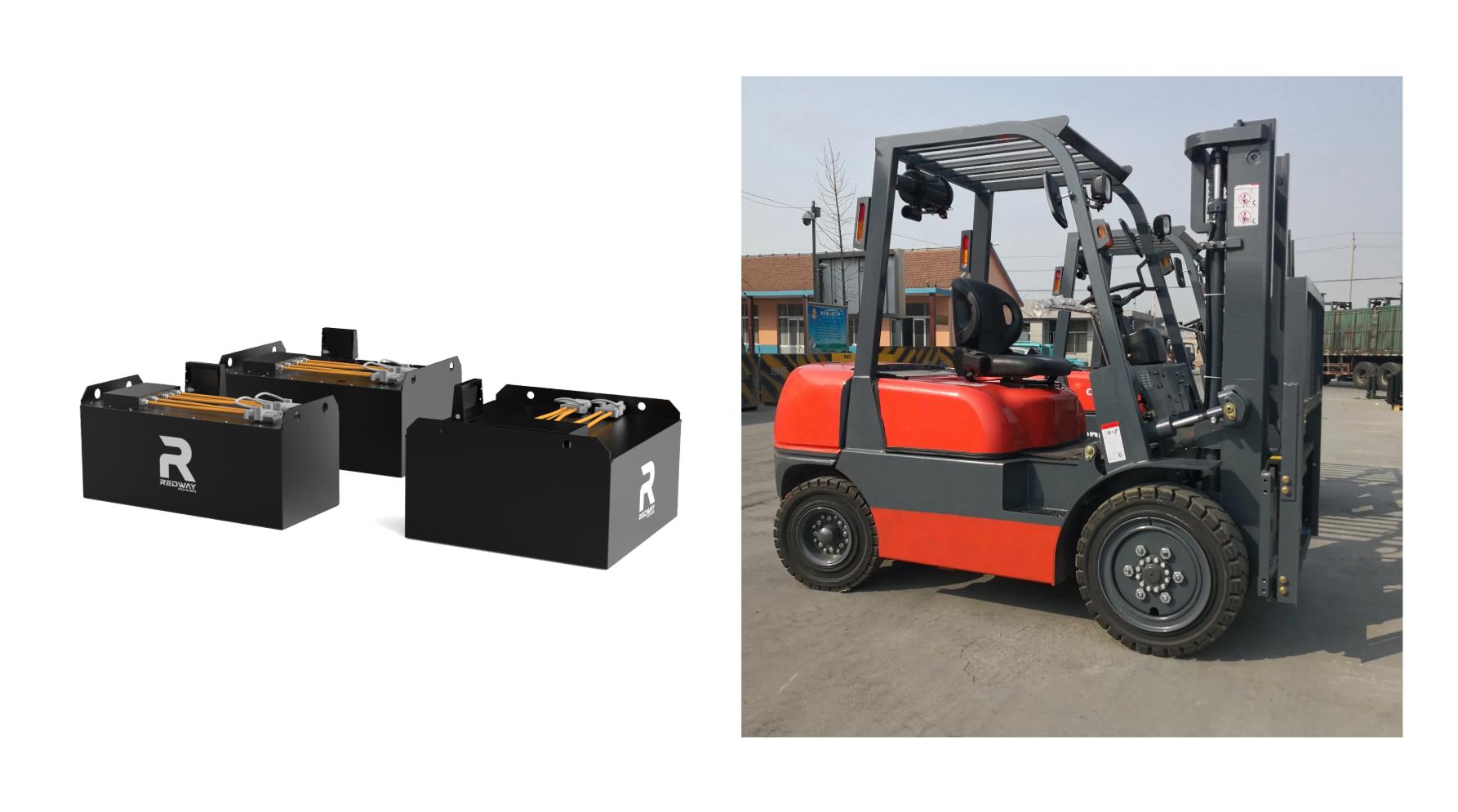LiFePO4 OEM suppliers specialize in custom lithium iron phosphate battery solutions for industries like renewable energy, EVs, and industrial storage. Key factors include technical expertise, certifications (ISO, UL), customization capabilities, and scalable production. Top suppliers prioritize safety, energy density, and cycle life while offering competitive pricing and compliance with global standards.
What Makes LiFePO4 Batteries Superior for OEM Applications?
LiFePO4 batteries offer 4x longer cycle life (2,000-5,000 cycles) vs traditional lithium-ion, with inherent thermal stability (operating range: -20°C to 60°C). Their flat discharge curve maintains 90% capacity until depletion, ideal for mission-critical systems. OEMs favor them for high-current applications due to low internal resistance and cobalt-free chemistry aligning with ethical sourcing trends.
The automotive industry particularly benefits from LiFePO4’s robustness, with electric bus manufacturers reporting 15% lower total cost of ownership over 8-year service periods compared to NMC alternatives. Recent advancements in cell-to-pack (CTP) technology have increased volumetric efficiency by 30%, enabling slimmer battery profiles for urban EVs. Marine applications leverage the chemistry’s resistance to saltwater corrosion, with some naval systems achieving 20,000 deep cycles at 95% depth of discharge.
How Do LiFePO4 OEM Suppliers Ensure Product Quality and Safety?
Top suppliers implement 7-layer quality control: raw material spectrometry, automated electrode coating (±1μm precision), ultrasonic welding, multi-stage formation cycling, IP67 stress testing, and 100% thermal runaway verification. They adhere to UN38.3, IEC 62619, and regional certifications like China’s GB/T 36276, with third-party lab validation for each production batch.
Which Industries Benefit Most From Custom LiFePO4 Solutions?
Marine (MIL-STD-810G compliance), off-grid solar (95% round-trip efficiency), telecom backup (15-year design life), and medical devices (0% VOC emission) lead adoption. Emerging markets include drone logistics (fast-charge to 80% in 12 minutes) and modular microgrids supporting 1500V DC systems with active balancing BMS.
| Industry | Key Requirement | LiFePO4 Advantage |
|---|---|---|
| Telecom | Long-term reliability | 15,000 cycle lifespan |
| Medical | Zero emissions | Non-gassing chemistry |
| Renewables | High efficiency | 98% charge acceptance |
What Are the Hidden Costs in LiFePO4 OEM Partnerships?
Beyond per-kWh pricing, consider tooling fees ($15k-$50k for custom molds), MOQs (500k cells for novel form factors), and compliance updates (EU’s new Battery Passport requirements). Smart contracts now address 12-year performance warranties and end-of-life recycling costs (€2.50/kg EU levy).
How Are OEMs Addressing LiFePO4’s Energy Density Challenges?
Through multi-level optimization: nanoscale LiFePO4/C composites (170mAh/g capacity), 3D electrode architectures (22% density boost), and hybrid designs pairing LiFePO4 cathodes with silicon-dominant anodes. Advanced suppliers now achieve 160Wh/kg at pack level – rivaling NMC for stationary storage while maintaining safety advantages.
Recent breakthroughs in dry electrode processing have enabled 400Wh/L energy density prototypes, with several Tier 1 suppliers planning commercialization by 2025. Aerospace applications are driving ultra-thin cell development, with 0.5mm prismatic cells demonstrating 140Wh/kg in satellite power systems. Dual-carbon additive formulations now permit 3C continuous charging without lithium plating, addressing previous fast-charge limitations.
Expert Views
“The LiFePO4 OEM market is bifurcating into high-volume commodity producers and specialist innovators. Our new dry-electrode process eliminates NMP solvents, cutting energy use 47% while enabling 10μm ultra-thin cathodes. This lets OEMs achieve $76/kWh at scale without compromising on 8C discharge capabilities.” – Dr. Chen, Redway Power‘s Chief Battery Architect
Conclusion
Selecting a LiFePO4 OEM partner requires balancing electrochemical performance, supply chain resilience, and total lifecycle costs. Leading suppliers now integrate AI-driven battery design platforms and closed-loop material recovery to meet evolving OEM demands across industries.
FAQs
- Q: Can LiFePO4 batteries operate in extreme temperatures?
- A: Advanced formulations now enable -40°C cold-start capability with self-heating circuits, while ceramic-coated separators allow 70°C continuous operation.
- Q: What’s the lead time for custom LiFePO4 battery production?
- A: From 8 weeks for modified standard packs to 26 weeks for novel cell architectures requiring regulatory recertification.
- Q: How do tariffs impact LiFePO4 OEM pricing?
- A: US Section 301 tariffs add 25%, but CBP rulings now exempt cells under 100Wh if assembled domestically. Smart suppliers offer bonded warehouse options.
Know more:
Who Are the Leading LiFePO4 Battery Manufacturers in 2025?
How to Choose Reliable LiFePO4 Battery Vendors for Optimal Performance?
What Are the Key Factors in Choosing LiFePO4 Battery Distributors?
Lithium Iron Phosphate (LiFePO4) Batteries: Key Considerations for Choosing Suppliers
How to Choose the Best LiFePO4 OEM Supplier for Your Needs?
How Do LiFePO4 Battery Factories Drive Sustainable Energy Innovation?



